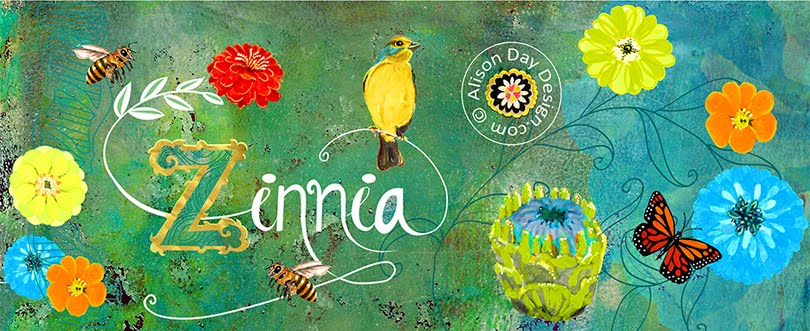From 1856
onwards about 260 water towers were built throughout The Netherlands. Of the
175 still remaining few (with the exception of towers in Amsterdam and Utrecht
Each tower
is unique in its design; influenced by a different architectural period. This
diversity is not often seen anywhere else in the world. Contrasting with the
Dutch landscape they are the visiting card of each city.
The first
water tower in The Netherlands was commissioned by Willem III in 1680 in order
to create sufficient water pressure for the fountain in the grounds of the
palace Soestdijk (The former palace of Queen
Juliana
The height
of the water towers varies from 35-60 metres. The water reservoir held enough
water to keep a constant pressure on the waters mains and acted as a buffer
supply on demand.
As the
numbers of water towers in use declines, these characteristic landmarks become
protected monuments often with other functions. The oldest water tower in The
Netherlands can be found in Rotterdam
An equally impressive water
tower and monument can be found in
the Schildersbuurt (painters’ neighbourhood), Groningen in the Netherlands. Situated on the corner of Dr. C.
Hofstede de Grootkade and the Herman Colleniusstraat.












